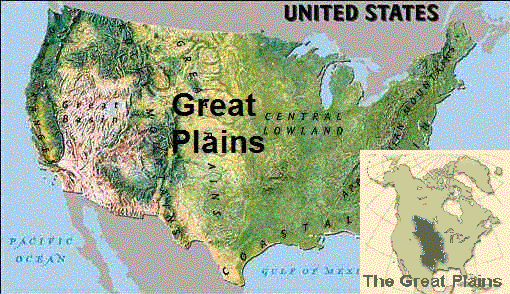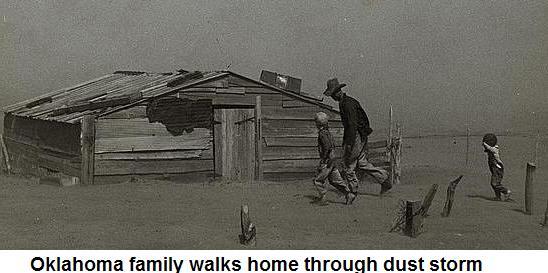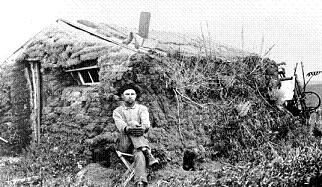STUDY GUIDE
USII.2a -- Geography Themes
Land and Climate influence the Western Movement
(Adapting to the challenges of the Plains)
a) explaining how physical features and climate influenced the movement of people westward;
How did peoples perceptions and use of the Great Plains change after the Civil War?
Because of new technologies, people began to see the Great Plains not as a "treeless wasteland", but as a vast area to be settled.
Physical features/climate of the Great Plains
Flatlands that rise gradually from east to west
Land eroded by wind and water -
Low rainfall
Frequent dust storms

Living
on the Great Plains presented many challenges. The winters were bitter cold.
There were few rivers and streams for water, and few trees for wood. Low
rainfall caused drought and dust storms. Fierce winds and frequent dust
storms eroded and blew away the soil. The remaining tough soil was thought
to be unsuitable for farming. Before the Civil War, the Great Plains were
considered a "treeless wasteland".
Encouraged by the Homestead Act of 1862 which gave willing farmers land on
the Great Plains, and new technologies which allowed people to live in more
challenging environments, farmers and immigrants flocked to the Great Plains
during the decades after the Civil War. People began to see the Great Plains
no as a "treeless wasteland" but as a vast area to be settled.
How did people adapt to life in challenging environments?
Technological advancements allowed people to
live in more challenging environments.
Innovations and technologies encouraged
settlement of the Great Plains and help people adapt to the challenging
environment:
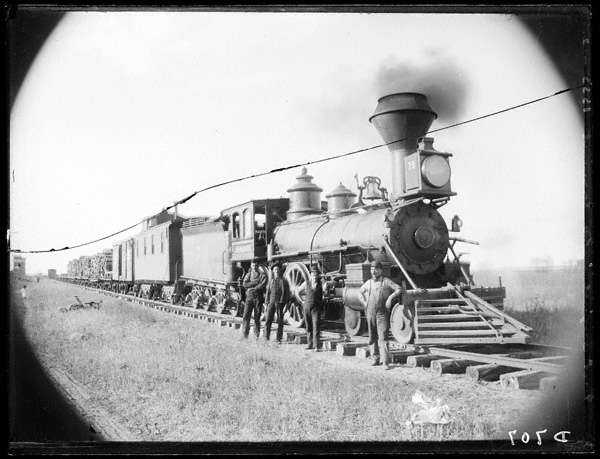 Railroads
Railroads
1860-1890 The railroad network in
the US grew fast. The Transcontinental Railroad, completed in 1869, was made
of many different lines. It linked the Atlantic and Pacific coasts and
opened the vast interior to people who wanted to settle there. The railroad
made trade between different parts of the country easier, encouraging
industrial and economic growth.
Beef Cattle
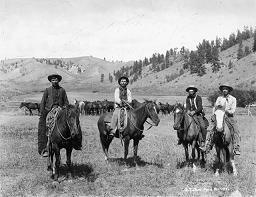
In the early 1800s, cattle ranches began appearing on the Great Plains,
especially in Texas. Demand for beef was high, and as railroads developed,
ranchers would drive their cattle north to meet up with the lines.
Barbed wire
The invention of barbed wire
allowed farmers to keep cattle from nearby ranches off their fields and away
from their crops.
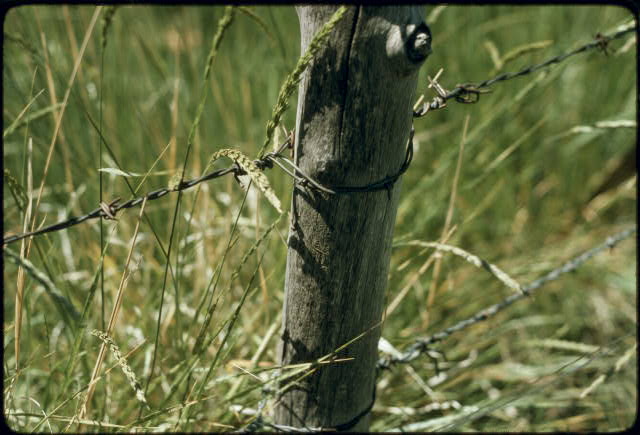


Wheat farming
With the invention of the mechanical reaper which could do the work of 20
men, wheat farming took off. Farmers adopted an improved strain of Russian
wheat which required less water and grew well in the dryer soil of the Great
Plains.
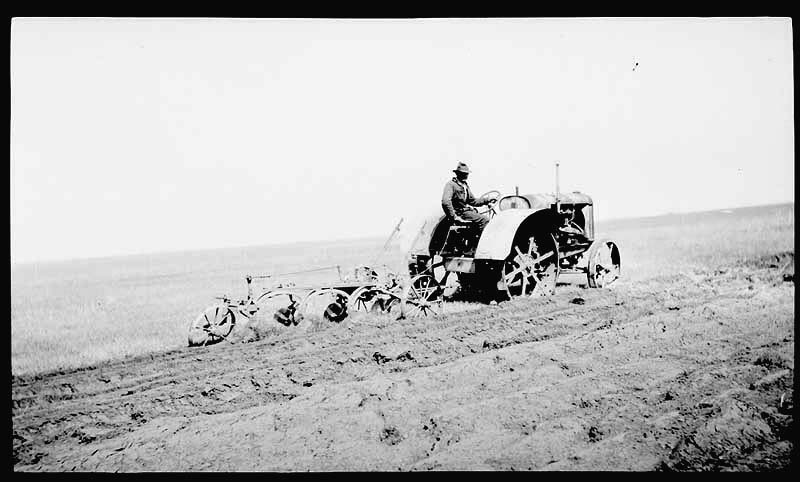
Steel plows
Steel plows
With improved steel plows, farmers could break up the tough
soil.
Dry farming
Farmers learned they could grow crops on the dry soil if they plowed
deeply, breaking up the tough sod with the new steel plows.
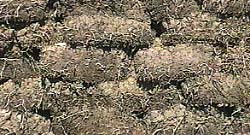
Sod houses
Lacking trees
and other materials, settlers on the Great Plains built their homes from
sod, a
sort of packed dirt held
together by roots and cut
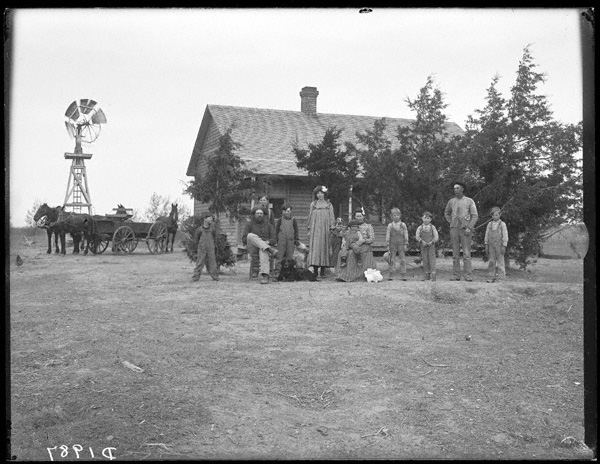 into
squares.
into
squares.
Windmills
New models of windmills were used
throughout the Great Plains to pump water from the ground and to provide
power.





CLICK on these photos to enlarge them
